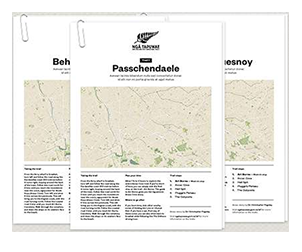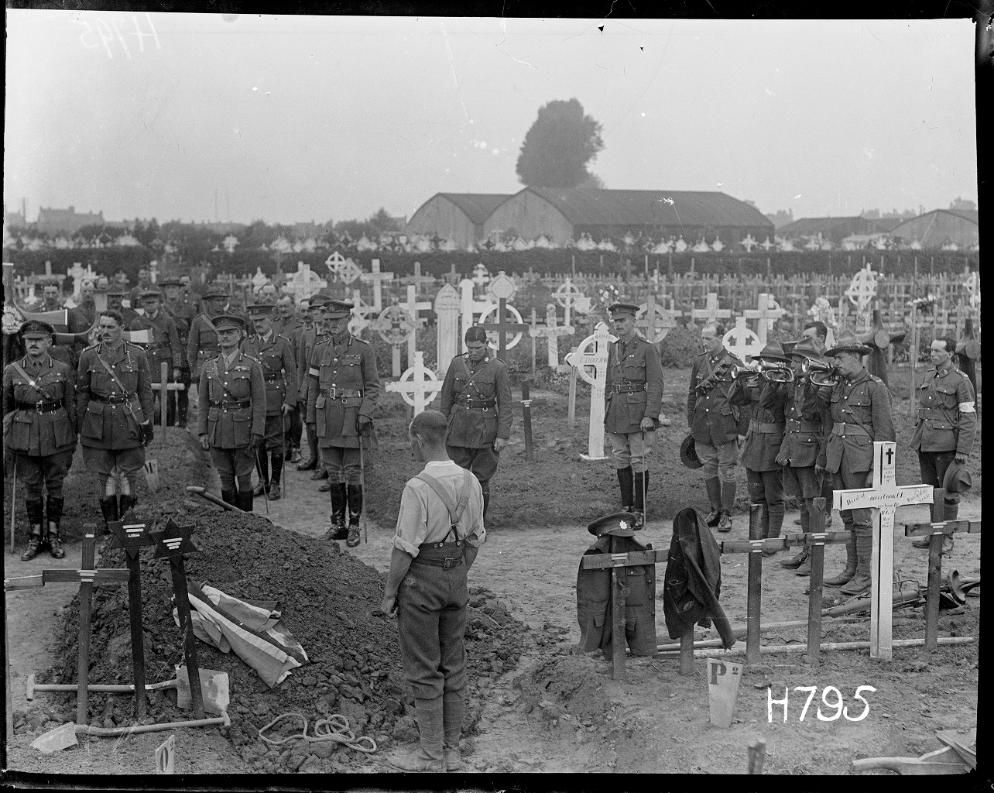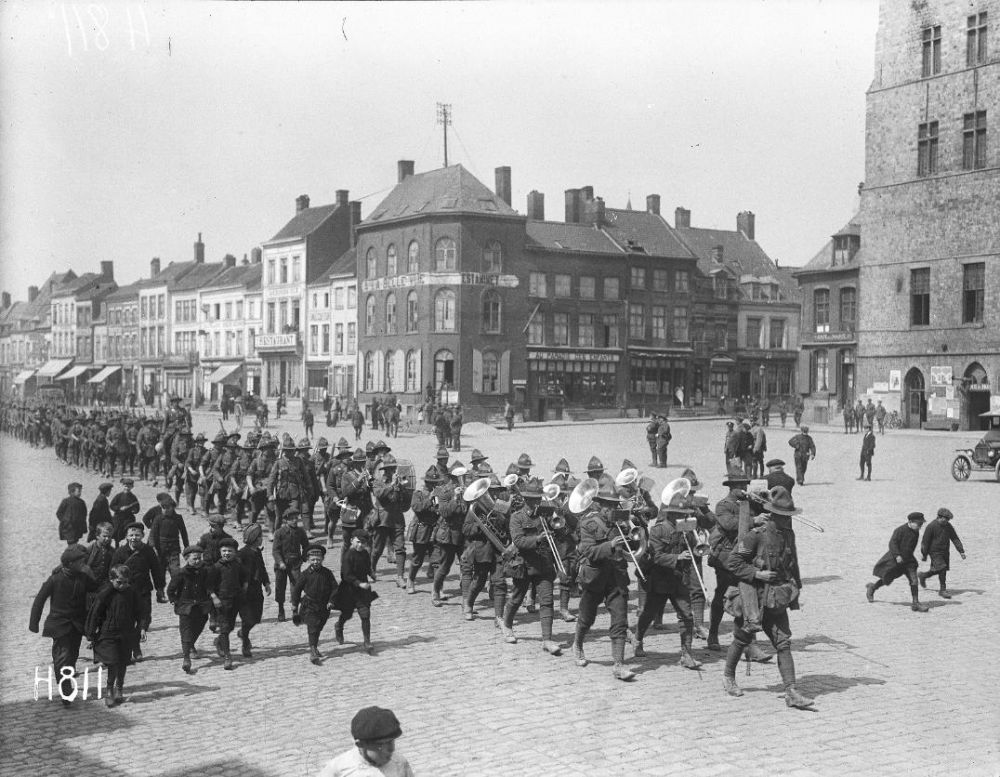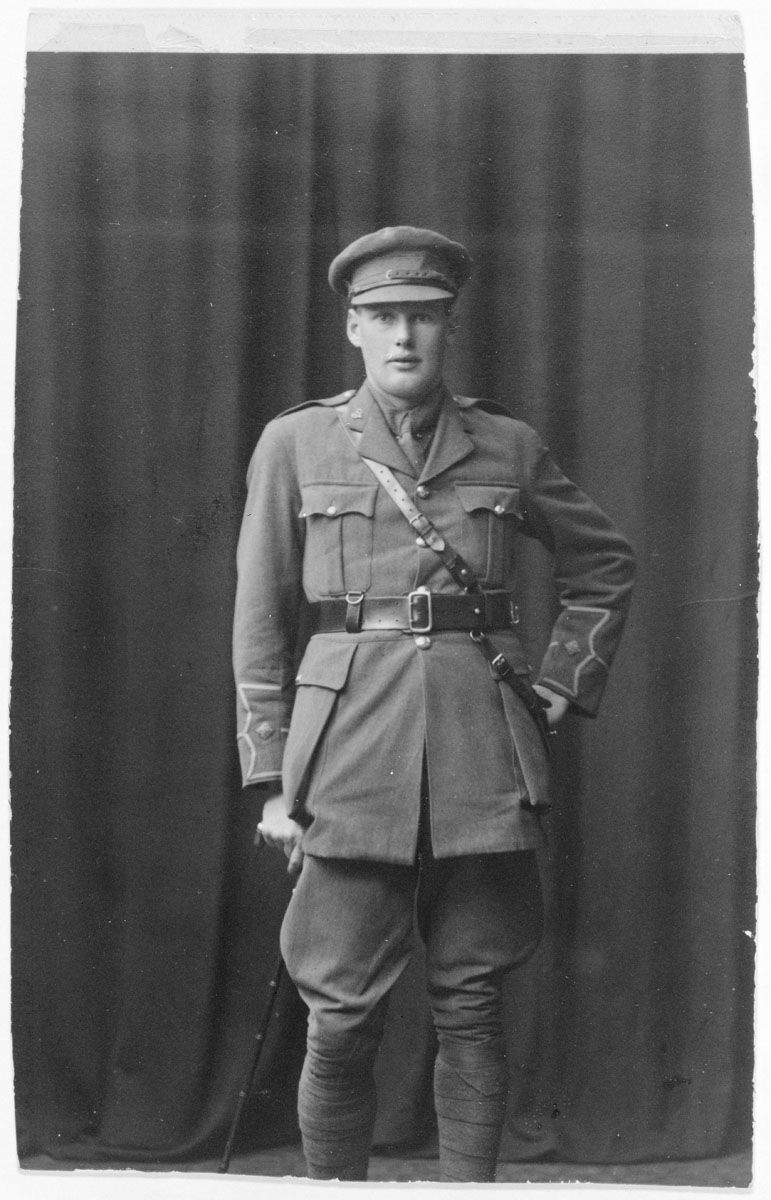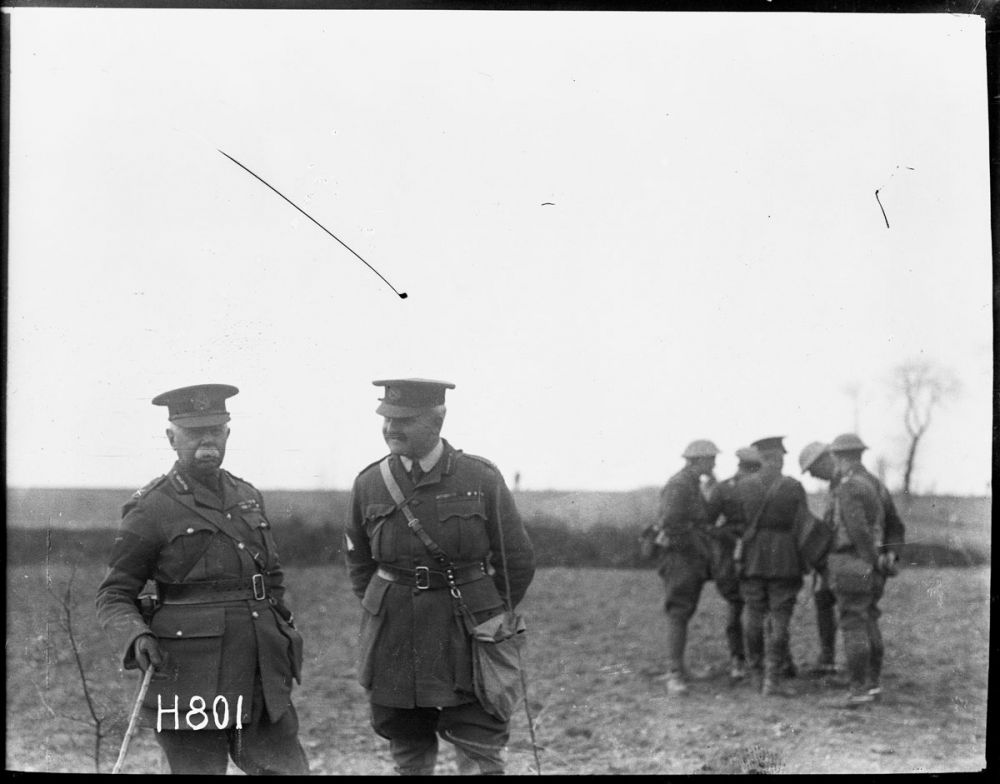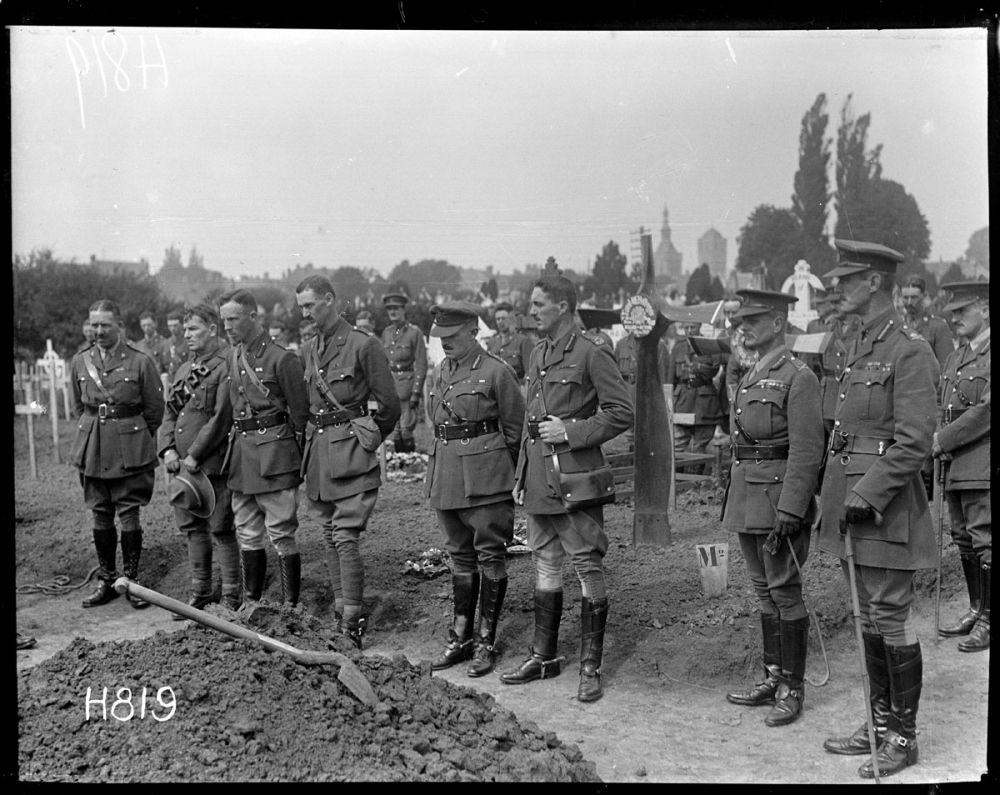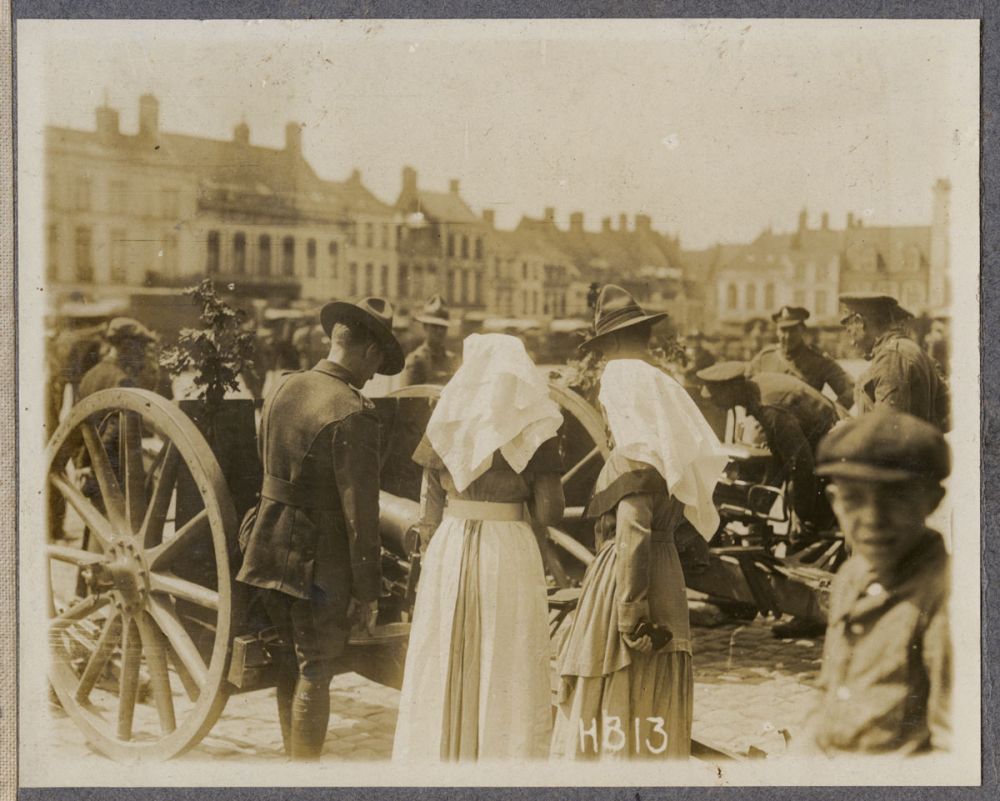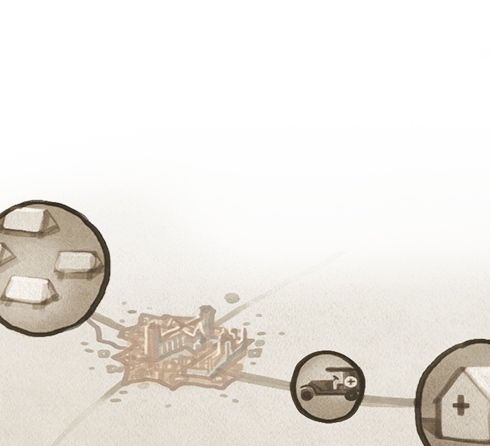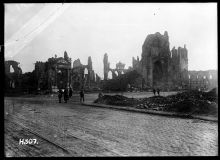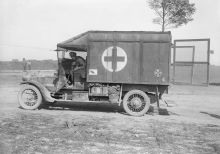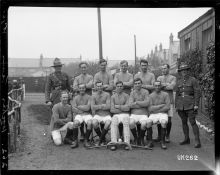Bailleul Communal Cemetery
You’re standing in the Commonwealth War Graves extension to the Bailleul Communal Cemetery. Bailleul was the 2nd Anzac Corps headquarters at the time of the Messines offensive, and in fact, Godley’s headquarters was here throughout 1917. It was part of the complex system of headquarters and medical centres behind the frontlines.
What is particularly evocative about Bailleul is that the graves are butting up against each other, and many of the headstones have two names inscribed on them, with men buried on top of one another. The graves that you’re looking at are of those who were killed during the Messines offensive. In preparation they dug long trenches, and waited for the casualties to come in.
Bailleul was also a centre for many of the field hospitals, and as the wounded came in and died, they were laid out in rows, most probably covered with quicklime, and then the next layer of bodies was put down. The casualty rate was such that these trenches would have been rapidly filled, New Zealanders buried with Australians, and so on.
The medical system and technology had evolved significantly during the war, and by now, 1917, it was a well-oiled machine. As the wounded arrived, by stretcher or by field ambulance, they were quickly sorted into relevant sections. Extreme cases were sent one way by medics and those who were lost causes, most likely to die, were placed to one side. There was a system in place for every injured soldier, whether they had head wounds, gas symptoms, gangrene, or needed splints. Even those who were suffering from shell-shock, which we now know as Post Traumatic Stress Disorder, or PTSD, were catered for - as were those suffering from extreme fatigue.
Among these graves is an interesting fellow. George Bollinger. Bollinger was a Gallipoli veteran, and his diaries detailing his experience are particularly revealing. He was of German background. His sister studied music in Germany, and he had numerous cousins fighting in the German Army. Because of this, he was subjected to a hate campaign in New Zealand. Letters were written to the police and the government, suggesting that he had enlisted to shoot good New Zealanders in the back. Even though he was suffering from the impact of his Gallipoli experience, he believed he had no choice but to go back to the front. In one of his last letters home, before the Messines offensive, he spoke about the impact of shell-shock, but said that what kept him going was the mateship with his platoon. Bollinger was mortally wounded at Messines.
If you go back along this row, past the entrance path, there are the graves of two New Zealand Brigadier Generals, separated by four headstones. One is for F.E. Johnston, Earl Johnston, who commanded the New Zealand Brigade on Gallipoli and in the Battle of Chunuk Bair. He was shot by a sniper on 7 August 1917, two years to the day after the first attack on Chunuk Bair. Everyone who saw him, when he returned to command in 1917, spoke of a man who almost fearlessly sought death.
Four graves along from him is Brigadier-General Brown, a Gallipoli veteran who commanded the 1st New Zealand Infantry Brigade. He was killed by an artillery shell on Messines Ridge while standing alongside the New Zealand Divisional Commander, Major-General Sir Andrew Russell. When the shell burst, a piece of shrapnel cut Brown’s jugular. Russell, however, was shaken, but unhurt. So here, you have this rare situation, where two New Zealand brigade commanders are buried within five to ten metres of each other.
The soldiers who lie in this cemetery are evidence of the high number of casualties that occurred, even with a successful attack - such as the battle of Messines, and a reminder of the sacrifice given by so many Commonwealth soldiers.

